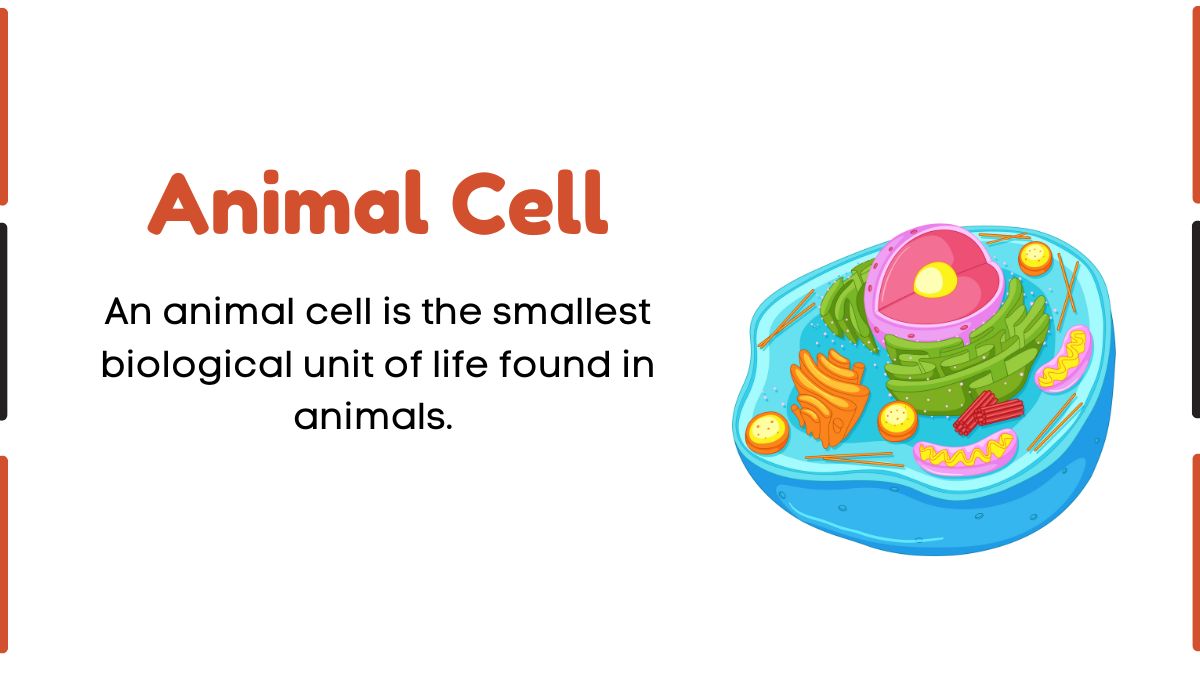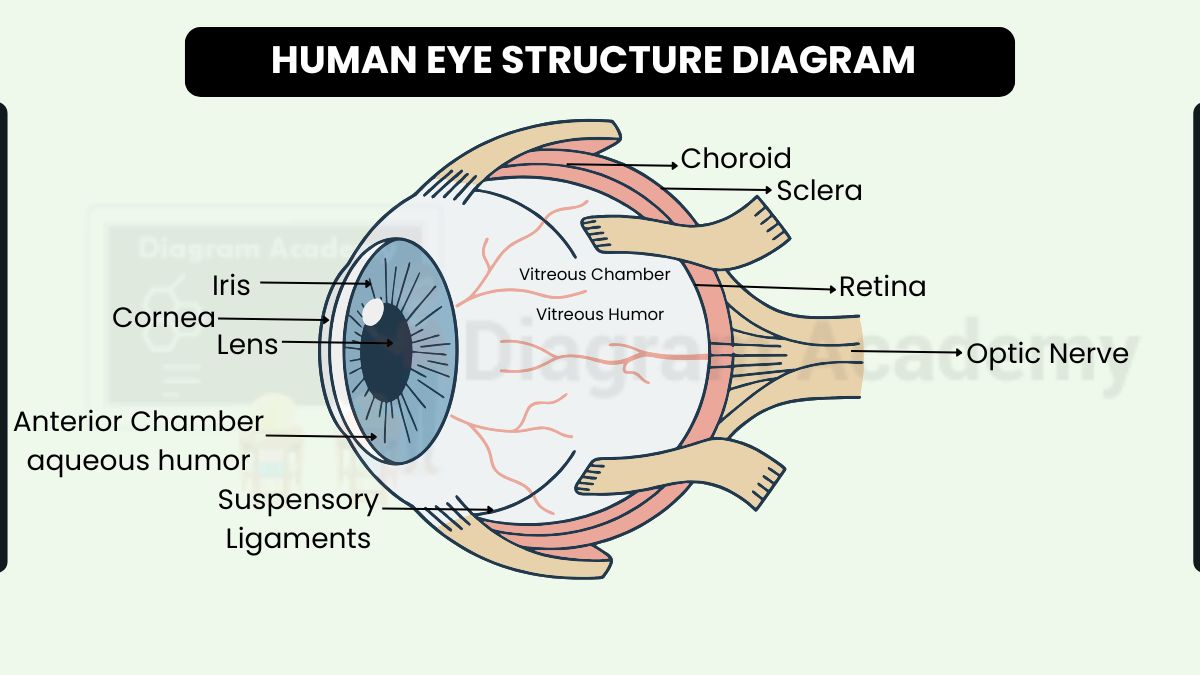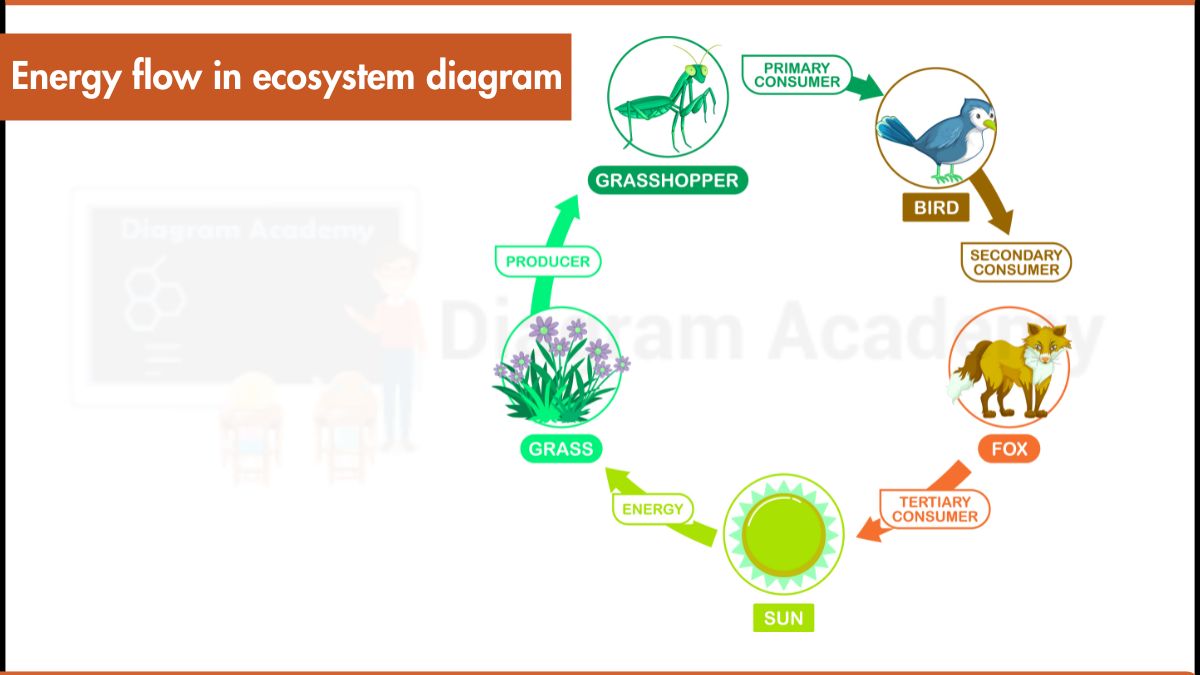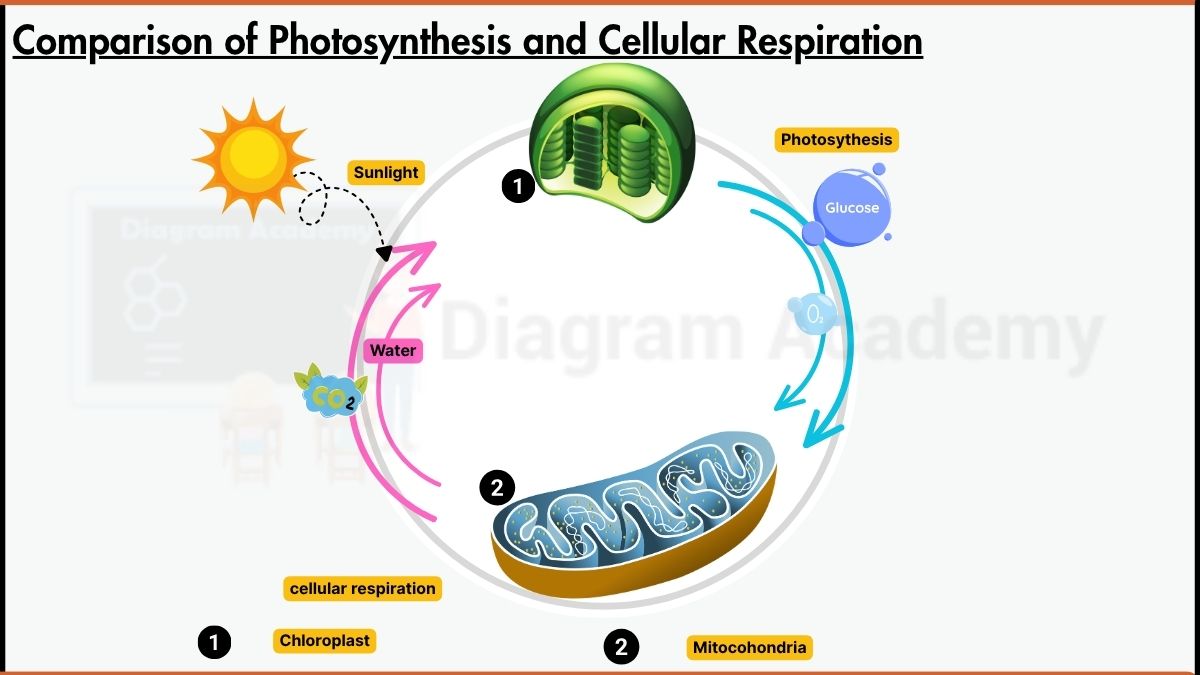Diagram of Nitrogen Cycle
The nitrogen cycle is a natural process that converts nitrogen from the atmosphere into forms that plants, animals, and humans can use. Nitrogen exists in both organic forms (in living organisms) and inorganic forms (in air and soil). Since atmospheric nitrogen (N₂) is inert, it must be converted into ammonia, nitrites, or nitrates through processes like nitrogen fixation, nitrification, assimilation, ammonification, and denitrification. This cycle ensures that nitrogen continuously circulates through the soil, plants, animals, and back into the atmosphere, maintaining soil fertility and supporting all life on Earth./
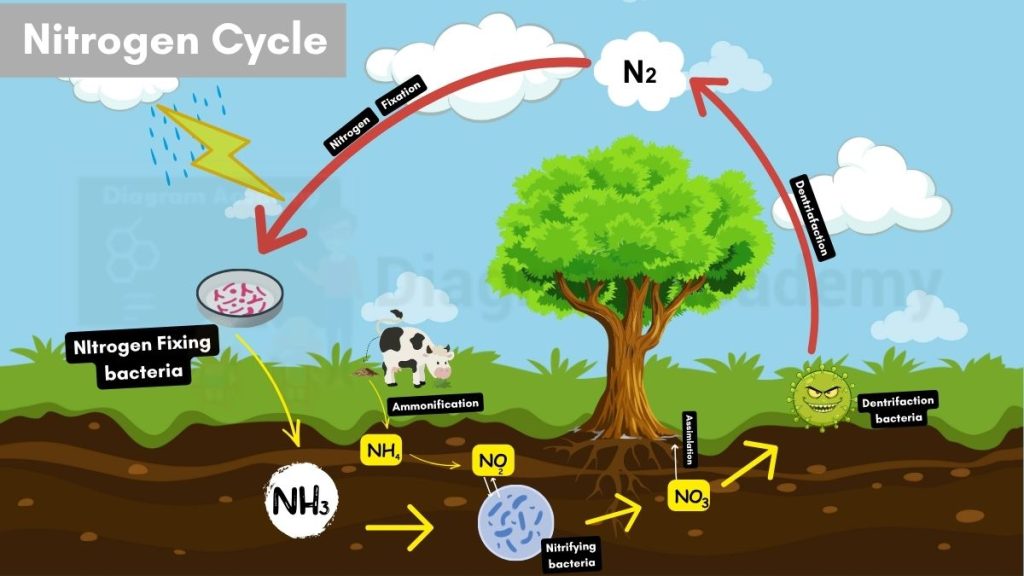
Nitrogen is essential for the formation of proteins, DNA, enzymes, and chlorophyll. In the marine ecosystem, nitrogen is cycled by ocean bacteria and sediments, supporting aquatic plants and animals. The nitrogen cycle also helps decomposers clean the environment by breaking down dead matter. Human activities like fertilizer use and fuel burning influence the cycle, making it vital to understand its role in ecosystem balance and sustainable agriculture.
FAQs – Nitrogen Cycle
Q1: Why is nitrogen important for life?
It is a key component of amino acids, proteins, DNA, and muscles.
Q2: Why do plants need nitrogen?
Plants need nitrogen to produce chlorophyll and carry out photosynthesis.
Q3: What are the five stages of the nitrogen cycle?
Nitrogen Fixation, Nitrification, Assimilation, Ammonification, Denitrification.
Q4: What is ammonification?
It is the conversion of organic nitrogen into ammonia by decomposers.
Q5: What is nitrification?
The process where ammonia is converted into nitrites and then nitrates by soil bacteria.

